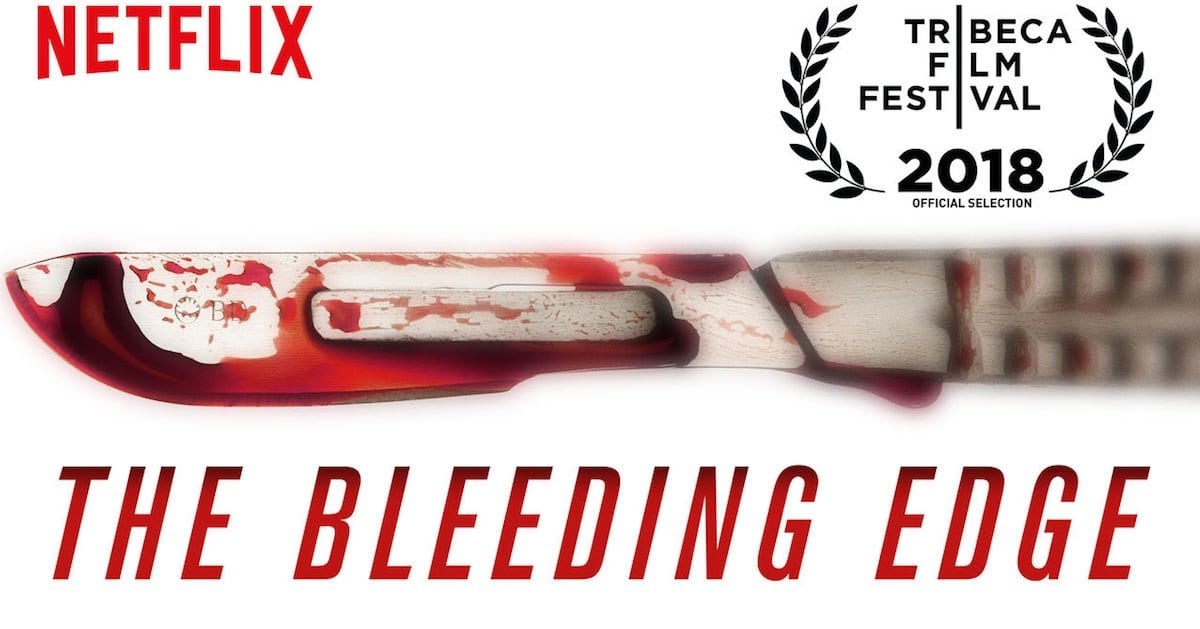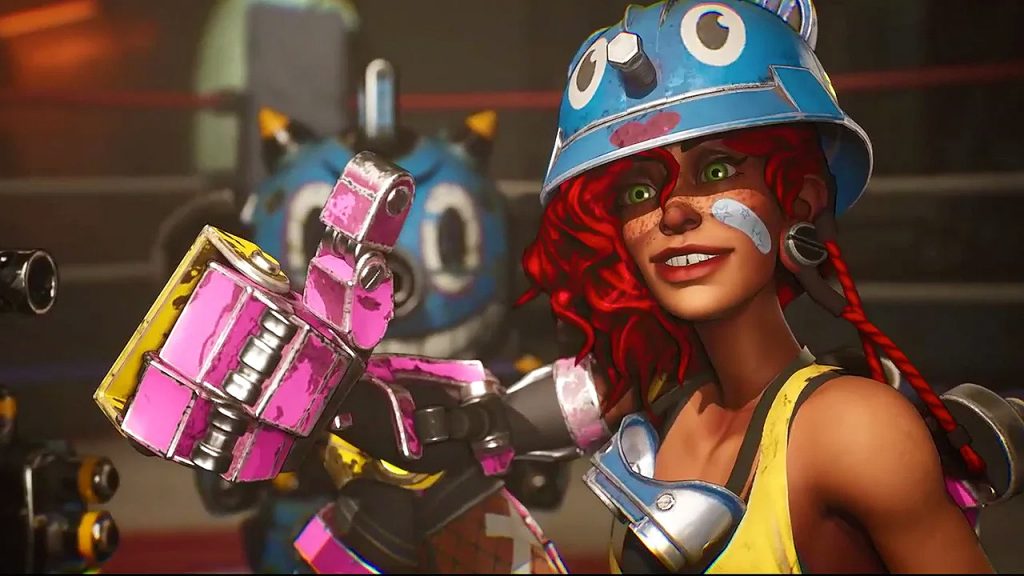


And while certain characters are ranked as more advanced than others, their gameplay might not necessarily reflect that - shooting a gun as Gizmo, the pint-sized Australian robotics whiz, feels much more powerful than the tiny zap of electricity as Maeve, the Irish witch held up by a robotic balloon. Bleeding Edge does not currently have ranked play (although Ninja Theory has apparently hinted that it's coming soon), which means that anyone who has even an hour more of experience in the game will realistically kick your butt. The latter aspect of that task is particularly tricky, as there's almost a guarantee that you will die an almost-comical number of times in your first few matches. It is worth applauding the diversity of body types, ages, and life stories amongst Bleeding Edge's characters, but they're introduced in a way that feels a little too hollow for fans to really root for the character they're playing as.

To an extent, the game could benefit from better introducing its cast of characters to players, whether through animated shorts or otherwise, as opposed to just blocks of texts and a cycle of catchphrases. The characters and their origin stories, which span multiple continents, range from fascinating (Cass, a former Russian ballerina star whose father's experiments led to her having robot bird legs, and Buttercup, a Louisianan woman whose love for motorcycles led to her leaving her conservative church) to a little stereotypical (Zero Cool, a pro-gamer from Brazil who rides around in a glorified gaming chair, and a sombrero-wearing Mexican mercenary who is literally named "El Bastardo"). If you're looking for more worldbuilding and plot beyond that, you probably aren't going to find it, outside of reading characters' backstories through lengthy blocks of text in the "Workshop" section. As a brief intro video explains when you first boot up the game, Bleeding Edge is set in a slightly-post-apocalyptic 2057 where people have grown accustomed to adding cybernetic enhancements to their bodies.


 0 kommentar(er)
0 kommentar(er)
